Updating the Facilities
With practical experience, there was a need to upgrade facilities and correct deficiencies.

” The Sibelius Academy is given new space”
- Hufvudstadsbladet 17 September 1963
The organs planned for the concert hall had not been acquired due to lack of funds. After the funding was found, Gebrüder Rieger, a Czechoslovakian organ manufacturer, built a 55 stop electro-pneumatic concert organ into the concert hall in 1939. The original ceiling structure of the stage behind which the mouldings were originally planned was dismantled and left visible. The organ façade became the very symbol of the concert hall.
On the fifth floor, a club room was located, but the three-part hall was soon taken into use by the library after the building was completed. After some practical experience, some shortcomings needed to be improved. The concert hall was leased by Svenska Teatern, which is why floodlights and a curtain were installed in the hall in 1935. In the summer of 1937, the stage was enlarged, after which ‘it now conveniently fits a large orchestra with soloists.’
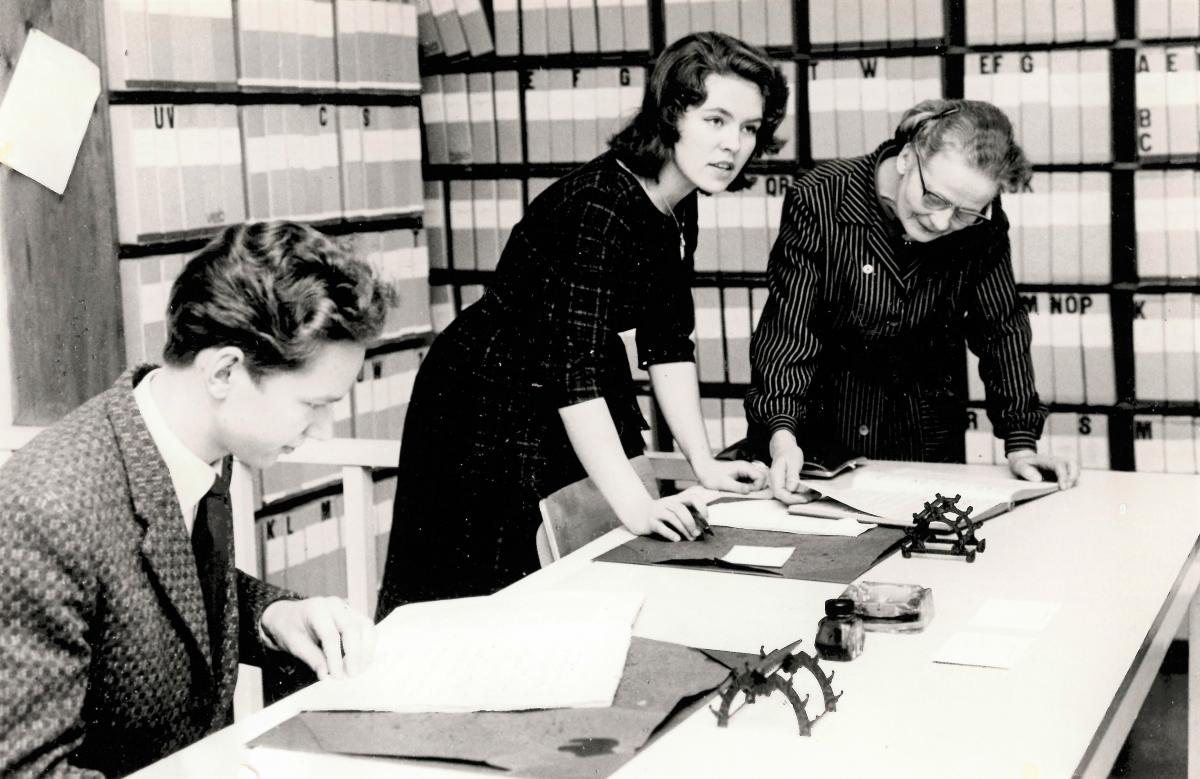
In 1950, in addition to some small painting and other restoration work, the organs in the concert hall were thoroughly repaired. In the 1950s, the need for additional facilities also emerged. In 1958, three corridors to the windows were closed to create a few more rehearsal rooms.
The need for additional facilities was not due to the increased number of students but to the increase in the number of lessons. In 1961, an additional building for rehearsal rooms was built in the courtyard, above the entrance and passage hall. The high rehearsal hall was divided into two floors. Various other changes were made in the facilities, and facilities were also built in the attic for instrument storage, notes and storage. The organs in the concert hall were removed, but the organ façade was left in place.

The space was overcrowded for a long time, and during the 1960s there were also discussions about moving the entire Academy from the city centre to new premises. In 1964, the Sibelius Academy inquired about a vacant apartment in the neighbouring residential building on Pohjoinen Rautatiekatu street to use as a lecture hall, and in the late 1970s, one shareholder in the same building offered to sell three apartments for example for the use of the Academy’s library. The negotiations were unsuccessful. In 1974, the Sibelius Academy also showed interest in the adjacent building owned by the Association of Finnish Cities in order to obtain additional facilities. The cramped conditions were alleviated by the additional facilities completed in Pitäjänmäki in the early 1990s.
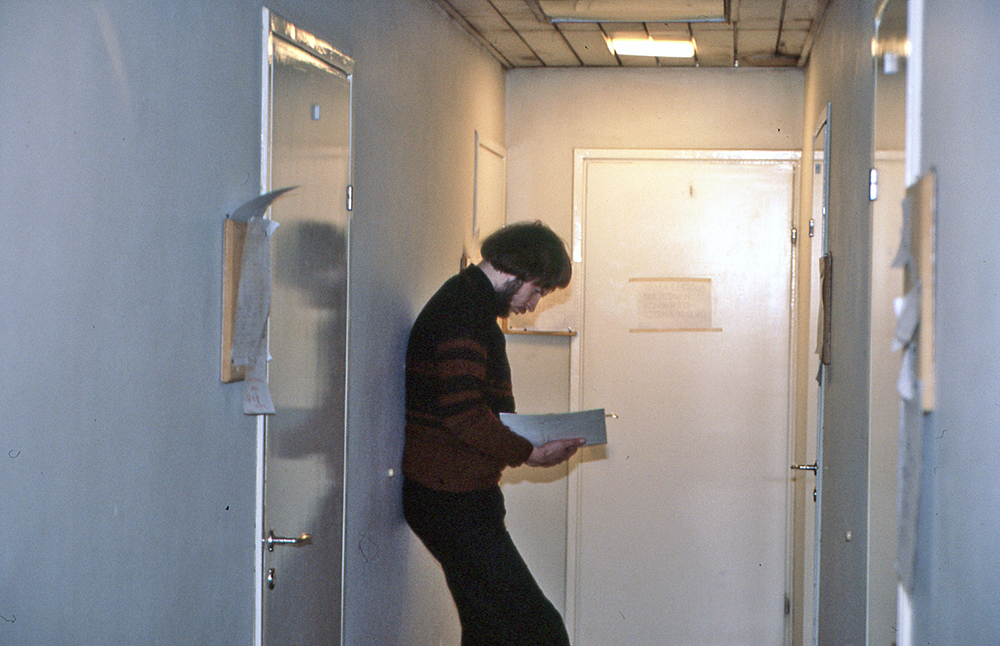
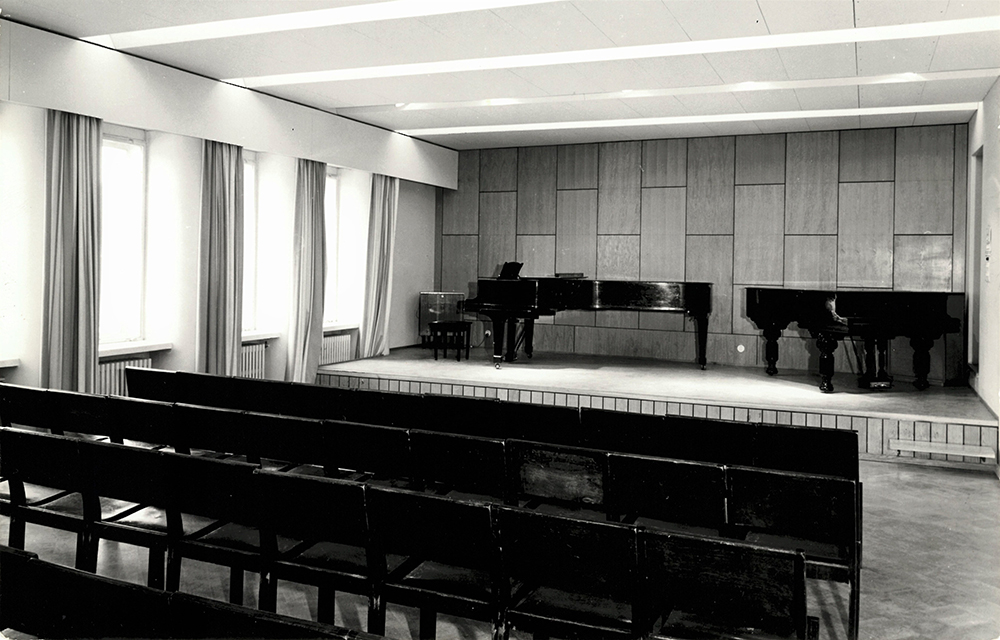
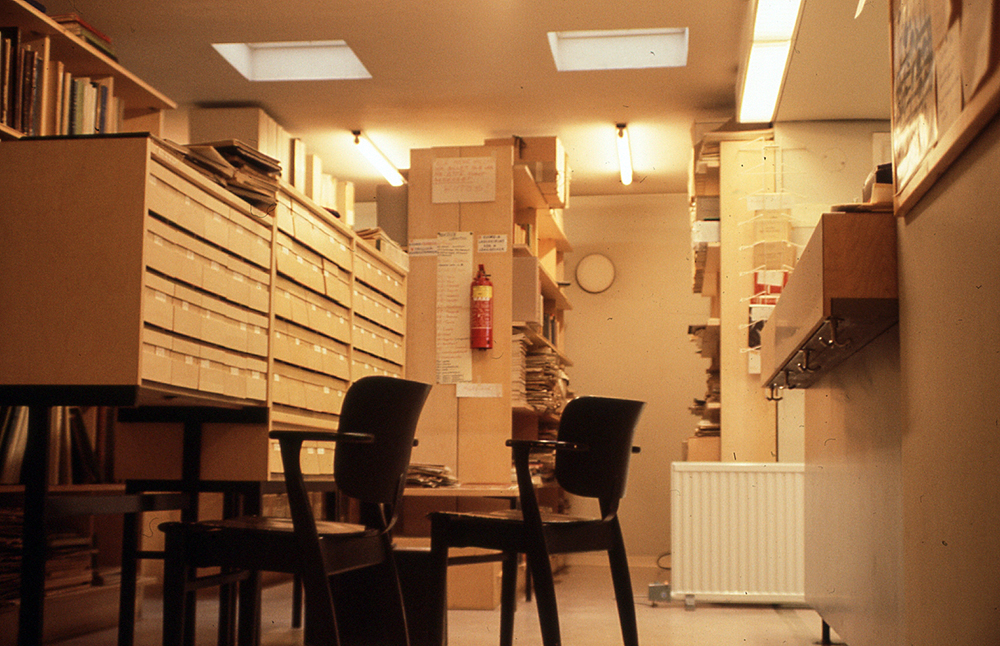
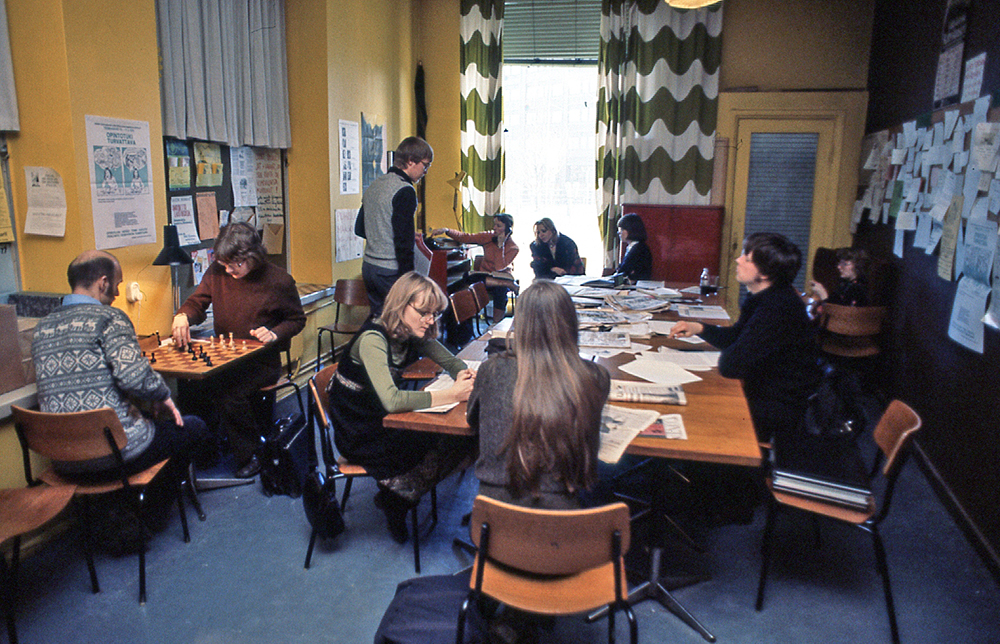
Menneisyyden muistia tulevaisuutta varten
Tässä blogissa Riku Hämäläinen kirjoittaa Taideyliopiston muistitietohankkeen vaiheista. Hankkeen tarkoituksena on kerätä entisten ja nykyisten opettajien, oppilaiden ja muun henkilökunnan muisteluita taideopetuksen historiasta, arjesta, toiminnasta, sattumuksista, jne. tulevaisuuden tutkimuksia varten. Filosofian tohtori, dosentti Riku Hämäläinen toimii Historiafoorumin yliopistotutkijana. Hän johtaa muistitietohanketta, johon kuuluu niin uuden aineiston kerääminen kuin jo olemassa olevan arkistomateriaalin saatavuuden parantaminen.
Uusimmat julkaisut
Seuraa blogia